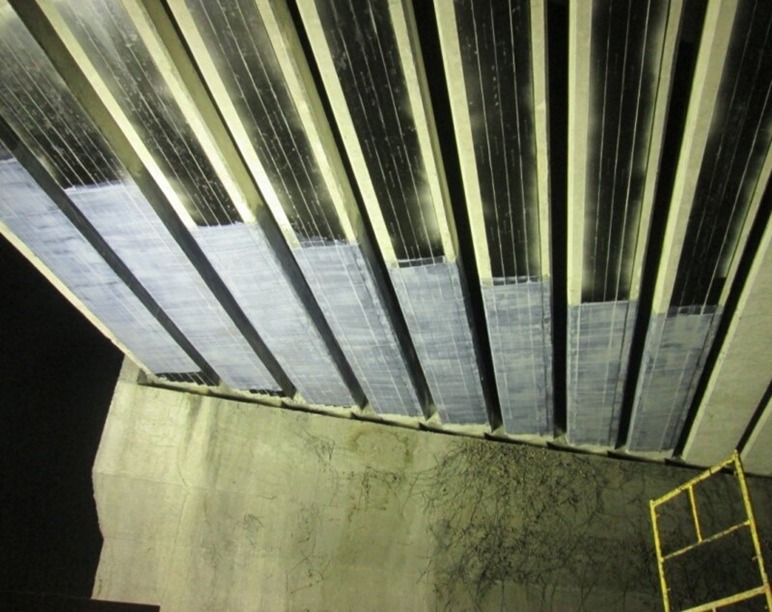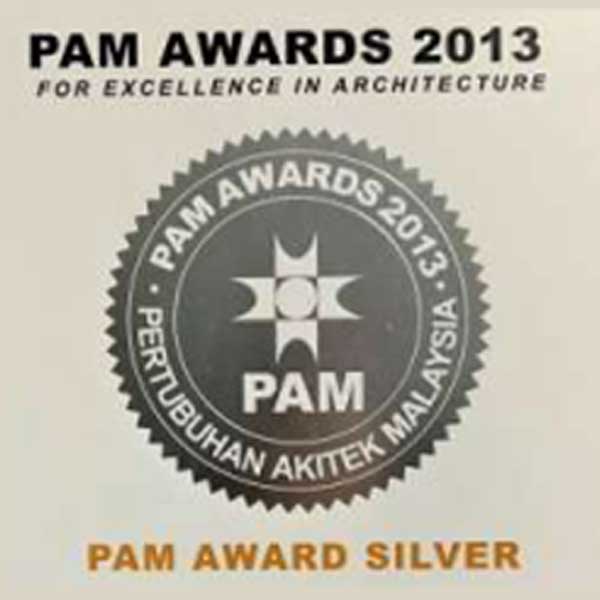What is retrofitting?
Retrofitting is a technique for improving a structure’s useable life. Depending on the building, the extent of the damage, the goal of the refit, etc., the retrofitting may involve a variety of processes.Why do structures fail?
Sometimes loads are applied to structures for which they were not initially intended. These loads could be brought on by seismic activity, modifications in loading patterns, etc. As a result, the structure is put under a lot of stress and collapses.The structure’s failure can also be attributed to it having reached the end of its design life. An RCC construction is intended to have a lifespan of 40 to 50 years during which it can withstand loads. After that, the structure’s strength and durability come into question, necessitating thorough inspection and retrofitting.
What are the types of retrofitting available?

- Preservation Retrofitting
Preserve means to conserve its originality. Retrofitting for preservation follows the same rules. With this technique, the structure is treated to ward off potential damage without impairing its integrity of the structure. It is a strategy of prevention.

Title: Restoration Works For Masjid Kapitan Keling’s Dome, Pulau Pinang.
Objective: To solve the water leakage problem. We are honored to receive the “PAM Awards 2013” under Category 7 Conservation for the above project.
Scope of work: Restoration of copper and concrete domes due to water leakage problem - Rehabilitation Retrofitting
The usage of structure may change over time. As a result, rehabilitation retrofitting may be necessary because the original design might not be suitable with the new projected usage.

Title: Alteration And Restoration Works To The Whiteaways Arcade, Lebuh Pantai, Penang.
Objective: 12 units of old heritage shop lots converted into boutique hotel & mall.
Scope of work: Strengthening of masonry structure due to settlement of building. - Restoration Retrofitting
Over time, the structures deteriorate and lose their strength, durability and aesthetic appeal. Restoration retrofitting is a technique of bringing back a structure to its’ original form.

Title: Restoration of Istana Hulu Di Kuala Kangsar, Perak.
Objective: Transforming of old palace into museum. This project is published in “Heritage Asia” March-May 2004 Volume 1 No. 3.
Scope of work: Strengthening of stone structure and arch due to weathering impact and deterioration of material. - Reconstruction
Reconstruction is the process of building a replica of a structure.
What are the techniques of retrofitting?
The objective of the retrofitting depends on the techniques used. Therefore, the techniques have been broken down into subsections such as surface treatment, crack repair, concrete repair, and structure repair & etc .
- Local methods (Member retrofitting)
- Jacketing
By placing a casing (jacket) over the existing RCC part, the jacketing process gives it additional strength. The jacket might be made of steel sheet or fiber-reinforced plate. The first technique includes covering a member with mortar or concrete and jacketing it. Another jacketing technique involves using an adhesive to attach the jacket to the member (epoxy). - Prestressing
The binding of prestressing wires to the structural members is referred to as prestressing. The member’s ability to carry loads is significantly increased by using this technique. Prestressing is more expensive and requires professional labour. - Repaving method
Repaving refers to the replacement of old structural members with precast or in-situ cast members. This approach is pricey because it calls for getting rid of an old member and getting a brand-new one.
- Jacketing
- Global methods (Structure retrofitting)
- Addition of beams
The load is transferred from the secondary beams to the primary beams, and from the primary beam to the column. One major beam may experience greater stress than the other as a result of asymmetric loading between the two beams. A secondary beam can be inserted between the two main beams to evenly transfer the load on each of them. - Addition of shear walls
The buckling of two columns is prevented by connecting them with an RCC shear wall. Hence, bigger loads can be supported. The shear wall increases the rigidity and structural integrity of the structural structure. - Addition of support point
Beams with a larger span are more prone to deflection. A support system can be designed at an appropriate location along the span to reduce the deflection. When the load on supports needs to be spread, a support point is also used. Additionally, it boosts the ability to carry loads. - Crack filling
Sealing cracks in pre-existing concrete components by applying low viscosity resin and ultra-fine cement. - CFRP Strengthening
A Carbon Fibre Reinforced Polymer (CFRP) is often made up of high tensile continuous fibres that are utilised to improve the defective member’s ductility, shear, and flexural strength. It is typical to use the CFRP strengthening technology for structural applications. Rehabilitating reinforced and prestressed concrete structures with this technique is fast, effective, and aesthetically.

Title: Carbon Fibre Strengthening To Bridge Soffit Of North South Expressway.
Scope of work: The T-beams were hit by high-sided heavy vehicle and the structural integrity was affected.
- Addition of beams
What are the advantages of retrofitting?
- Prolongs the life of the structures.
- Increases the structure’s durability, strength, and stability.
- Cheaper than reconstruction.
- Saves time.
- Original value of the structure is retained.
- Historical conservation and integrity are still remained.
What are the disadvantages of retrofitting?
- Highly skilled workers are required to achieve the desired performance.
- Even a little carelessness or neglect can result in further damage.
- Retrofitting procedures is somehow more difficult than reconstruction.

Key Takeaways
Retrofitting offers unique benefits and drawbacks; therefore, each project’s practicality may vary. Prior to implementation, the retrofitting method must be evaluated by the required tests. Both destructive and non-destructive structural testing techniques are available.
Due to limited knowledge of the retrofitting methods, the involvement of a subject-matter specialist will optimise the procedure.
Here at Structural Repairs (M) Sdn Bhd, we had offered retrofitting services for more than 2 decades. For some project references, please refer to the link at
https://structuralrepairs.com.my/projects/structural-repair-strengthening/
https://structuralrepairs.com.my/projects/restoration-and-conservation-work-for-buildings/
To learn more about how we can help your commercial or residential property, contact the team at Structural Repairs (M) Sdn Bhd for more information. Our team will be happy and glad to assist you.
Kindly visit to our website at https://structuralrepairs.com.my/ or contact us at Tel: +603-91731728/29 Whatsapp: +60 12-334 9113
















